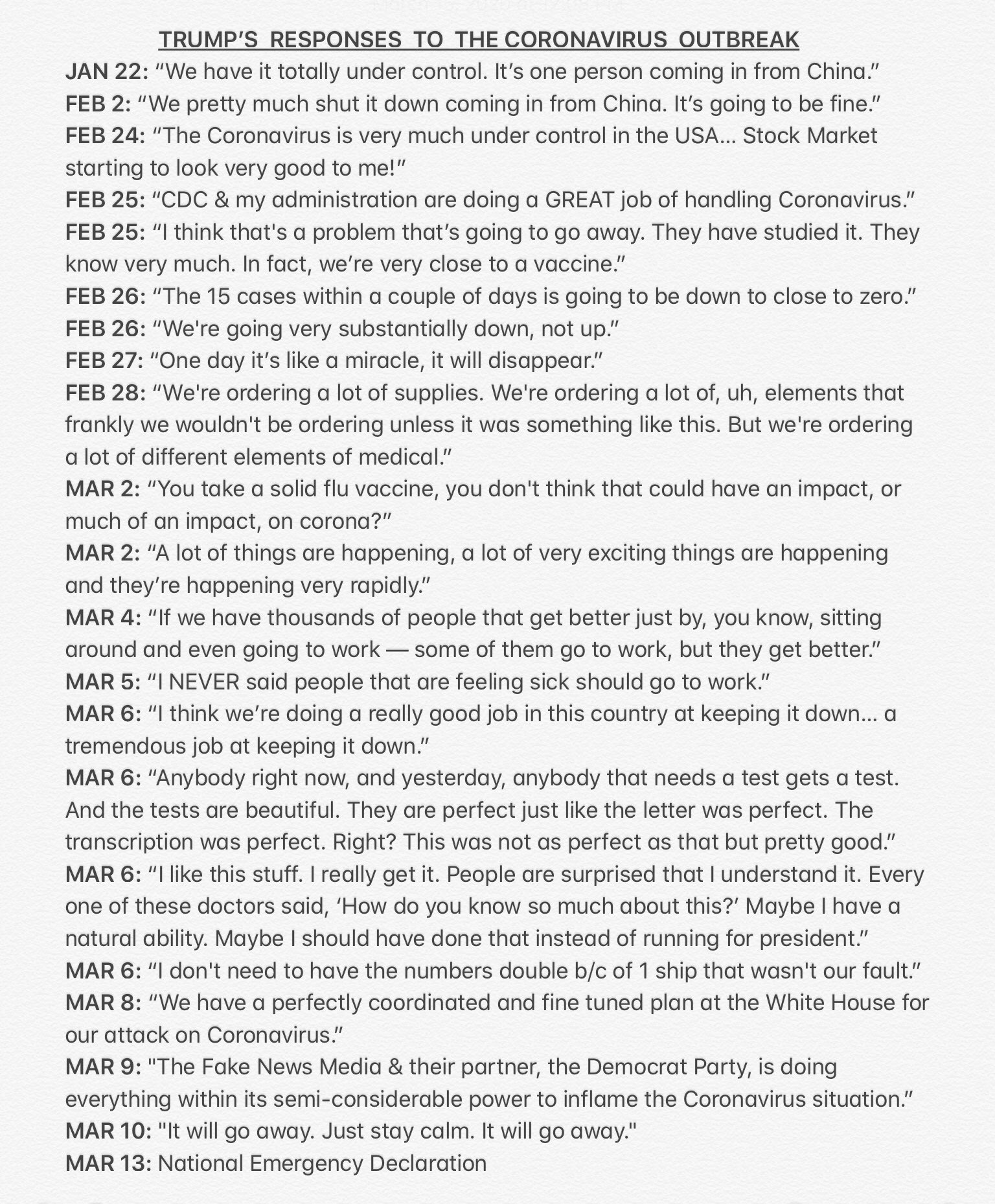Coronavirus slowing down
Italy banned incoming flights from China on January 31st, the United States on February 3rd, Germany on March 17th and technically South Korea has never issued such a ban because the Chinese eventually limited outward bound flights!
Given that Germany and South Korea are considered the best examples of nations combating the pandemic, placing bans on incoming flights from China was never a significant factor in controlling the virus - the strictly enforced quarantine of all incoming passengers for 14 days would be just as effective!
The introduction of testing at an early stage, tracing contacts and limiting the spread of COVID-19 during this initial period appear to be the key factors - unfortunately Italy and America initiated travel bans, assumed that it would serve as a "firewall" and then let down their guard until it was too late!
It appears Germany and South Korea operated under the assumption that COVID-19 was already present (which it was) and then proceeded to take decisive measures to limit its spread so that their healthcare systems wouldn't be overwhelmed!
link New Zealand
If there is a bright spot in the global response to the pandemic, it is surely New Zealand. While governments worldwide have vacillated on how to respond and ensuing cases of the virus have soared, New Zealand has set an uncompromising, science-driven example. Though the country didn’t ban travel from China until
February 3 (a day after the United States) and its trajectory of new cases looked out of control in mid-March, austerity measures seemingly have brought COVID-19 to heel.
The country began
mandatory quarantines for all visitors on March 15, one of the strictest policies in the world at the time, even though there were just six cases nationwide. Just 10 days later, it instituted a complete,
countrywide lockdown, including a moratorium on domestic travel. The Level 4 restrictions meant grocery stores, pharmacies, hospitals, and petrol stations were the only commerce allowed; vehicle travel was restricted; and social interaction was limited to within households
...
The plan seems to have worked. The daily infection rate in the island nation of 4.9 million steadily dropped from a maximum of 146 in late March to just a few cases a day by mid-April. All told, New Zealand reported a high of 1,476 cases and 19 deaths. On April 26, the country experienced
a watershed moment when no new COVID-19 cases and no community transmissions were reported for the first time in over six weeks, though
seven new cases cropped up by April 30.
Still, the low number of new cases gave the government the confidence to ease its social distancing restrictions to Level 3. On April 28, Ardern pronounced the virus eliminated,
later clarifying that “elimination doesn’t mean zero cases... we will have to keep stamping COVID out until there’s a vaccine.”



